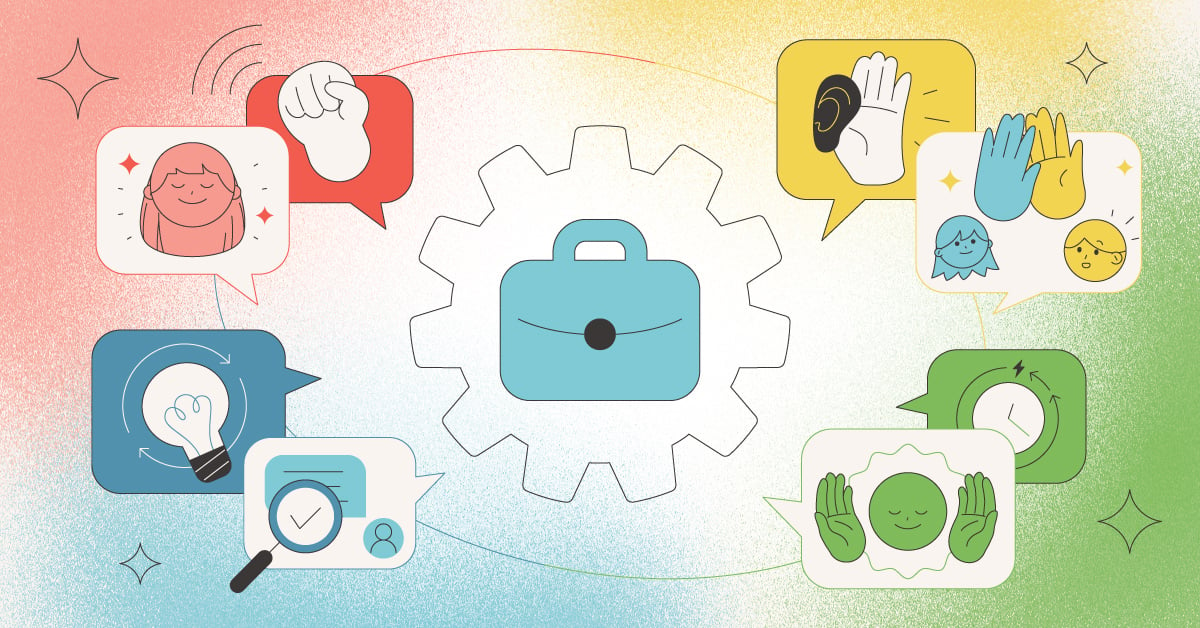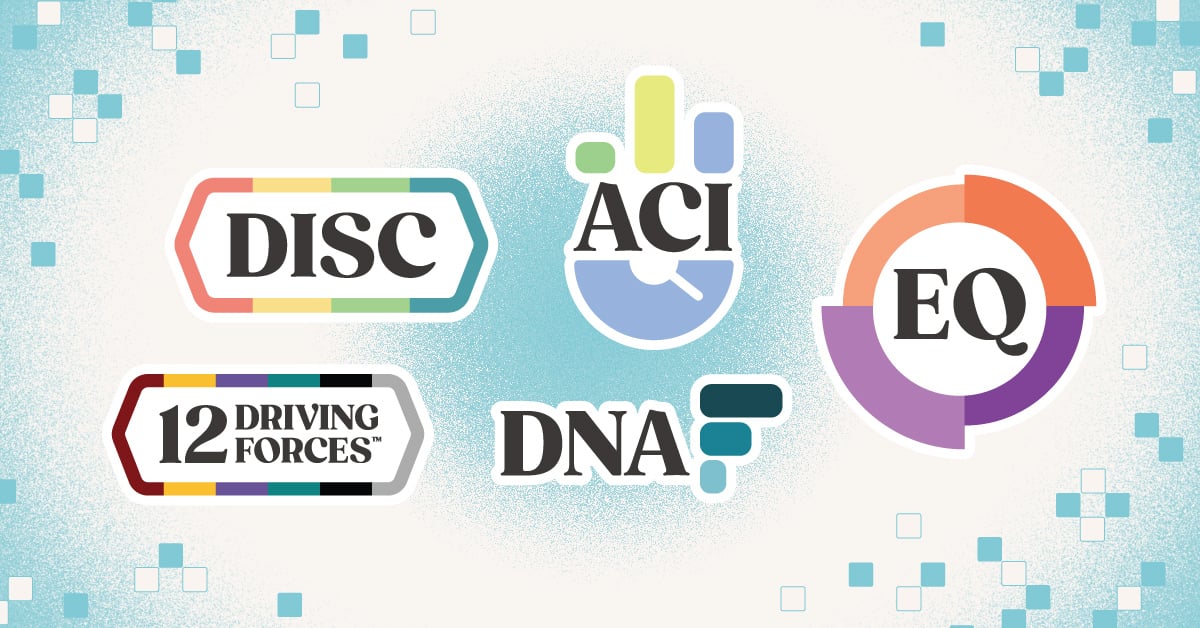
Companies that succeed and attract the best talent know the importance of hiring the right candidate the first time. What sets certain companies apart from others when it comes to hiring? And what makes certain companies put much more time and effort into the hiring process? It starts with understanding the real cost of a bad hire.
The cumulative effect of hiring the wrong candidate can be staggering. Not only can it be a financial burden, but it can affect many different levels of the business. For many business owners, the thing that keeps them up at night is the ability to hire and retain the right people.
What Leads to a Bad Hire?
Not investing enough time in the hiring process is a leading reason for hiring the wrong people. Who isn’t in a hurry these days? With time continuing to be the world’s most valuable commodity, people have more things to do than time to do those things. So what happens?
We start to rush, become impatient, act reactively instead of proactively, and start making careless mistakes. Sometimes checking the box becomes the priority, and when that happens, the real problems begin. Companies that just “check the box” when it comes to hiring are likely going to have recurring problems until they realize the importance of putting the proper time, effort, and planning into hiring the right people.
Sometimes a candidate might appear great on the resume and in the interview but turns out to be quite different once hired. Any number of factors can come into play, and the less that’s left to chance, the better. A few reasons employees may not live up to job requirements and company expectations include:
- They lack the necessary hard skills and soft skills to perform well
- They don’t have the proper resources required to do their job
- They aren’t motivated and the duties are not in their self-interests
Companies that employ solid hiring practices are usually able to identify these potential obstacles upfront, ensuring that candidates that fall into one of these three categories are not brought through to the hiring phase.
Want to better understand the cost of a bad hire?
The Cost of a Bad Hire
All sorts of stats exist on the true cost of making a bad hire. According to research from SHRM, employee replacement can cost a company between six and nine months of the departed employee’s salary. If this number is remotely accurate, the importance of hiring right the first time is not a luxury, it’s a necessity!
Besides the quantifiable salary-related statistics, others costs pertaining to a bad hire are not always seen on a business's annual profit and loss report. In many ways, these effects are not entirely tangible.
Bad hires affect companies financially, structurally, and motivationally. Think of the time spent sifting through resumes, interviewing potential hires, and training new team members. To understand the cost of a bad hire, businesses must think of the big picture.
It costs time and money to find a decent candidate, bring them in for an interview, perform background checks, and onboard them. This process often pulls managers from daily duties, resulting in fewer hours remaining to accomplish other tasks. Once the candidate is on board, more managerial hours are spent training the employee on all the aspects associated with learning the job.
Then there’s the trickle-down effect; a problem much bigger than the failure of a single employee. After spending money and resources to fast-track an employee, the employee starts to fail. The employee comes into work disengaged and unmotivated, pulling down other coworkers, diminishing overall company morale. If this employee is customer-facing and projects their negative attitude outward, the company runs the risk of losing loyal customers who decide to take their business elsewhere.
At some point, the company realizes the employee is not a fit and decides to cut the cord. The entire selection process must start over again to re-fill the position. This could all have been avoided with stronger hiring practices.
Conclusion
The cost of a bad hire is higher than most people may realize and the repercussions can linger long after the employee leaves the company. Since hiring the right person the first time is the goal, how can a company improve its chances of successfully doing this?
If more business owners, hiring managers, and talent professionals truly understood the cost of a bad hire, there’s no doubt that more time, effort, and resources would be used upfront to be sure the right person is hired for the right job. Using resources such as job benchmarks, assessments and the expertise of talent management professionals (such as consultants and executive business coaches) can be the difference between success and failure.





